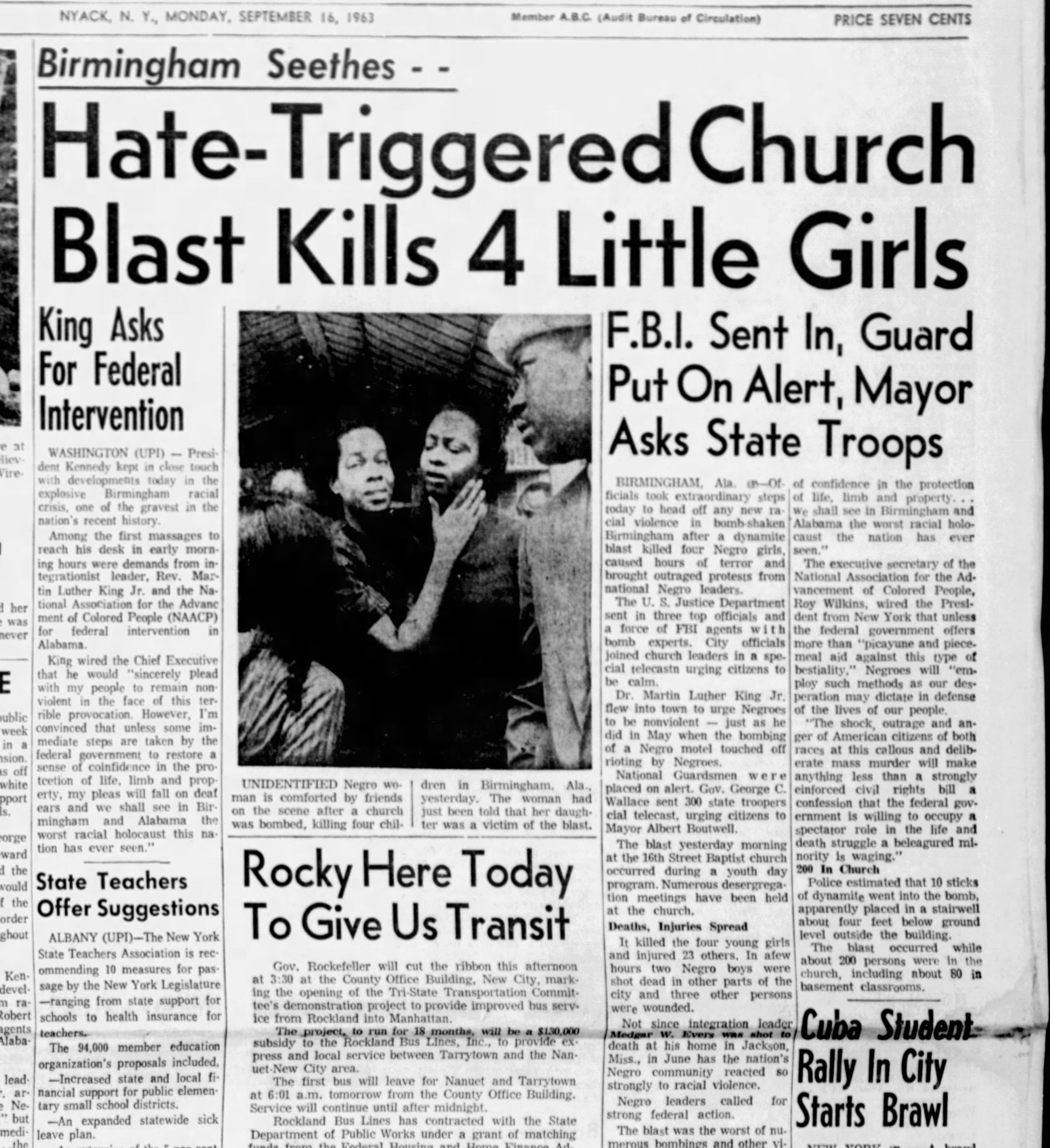Some Known Questions About News Articles.
News Articles for Dummies
Table of ContentsGetting The News Articles To WorkNews Articles for DummiesThe Ultimate Guide To News ArticlesA Biased View of News ArticlesNot known Details About News Articles
Excellent understanding of different topics provides trainees an affordable edge over their peers. Despite the fact that electronic and social media sites are easily available, we must not neglect how important it is to review the papers. Parents must try and inculcate the habit of reviewing a newspaper as an everyday routine to continue the tradition of the adored print medium.News stories additionally consist of at least one of the complying with essential qualities relative to the desired audience: closeness, prestige, timeliness, human rate of interest, curiosity, or effect.
Within these limits, news stories also aim to be thorough. Other factors are involved, some stylistic and some derived from the media type. Among the larger and much more reputable newspapers, fairness and equilibrium is a significant variable in providing info. Commentary is usually confined to a different section, though each paper may have a various total angle.
Newspapers with a worldwide audience, as an example, tend to use an extra official style of writing. The details choices made by a news outlet's editor or content board are typically accumulated in a style overview; typical style overviews include the and the United States News Style Publication. The main objectives of information writing can be summarized by the ABCs of journalism: precision, brevity, and quality.
Not known Facts About News Articles
Generally, reporters will certainly not use a long word when a short one will do. They utilize subject-verb-object building and construction and vivid, active prose (see Grammar). They use anecdotes, examples and metaphors, and they rarely depend on generalizations or abstract ideas. News authors try to prevent utilizing the exact same word a lot more than when in a paragraph (occasionally called an "resemble" or "word mirror").
Headings sometimes leave out the subject (e.g., "Jumps From Watercraft, Catches in Wheel") or verb (e.g., "Pet cat lady lucky"). A subhead (additionally subhed, sub-headline, subheading, subtitle, deck or dek) can be either a subservient title under the major headline, or the heading of a subsection of the short article. It is a heading that precedes the major text, or a group of paragraphs of the main message.

of an article subject, informant, or interviewee), it is described as a pulled quote or draw quote. Added signboards of Go Here any one of these kinds might appear later in the short article (especially on subsequent pages) look at these guys to tempt more analysis. Journalistic web sites occasionally make use of computer animation strategies to switch one billboard for one more (e.g.
All about News Articles
Such billboards are additionally utilized as pointers to the write-up in various other sections of the magazine or site, or as promotions for the piece in other magazine or websites. News release of the Swiss government. Regular structure with title, lead paragraph (recap in strong), other paragraphs (information) and get in touch with details.

Instance of a hard-lead paragraph NASA is recommending one more space task. The budget plan requests about $10 billion for the job.
The NASA statement came as the agency asked for $10 billion of appropriations for the job. An "off-lead" is the second crucial front page information of the day. The off-lead appears either in the leading left corner, or straight below the lead on Find Out More the right. To "bury the lead" is to begin the article with background info or details of additional significance to the viewers, requiring them to learn more deeply right into an article than they need to have to in order to find the important factors.
Examine This Report on News Articles
Usual usage is that one or two sentences each form their own paragraph. Journalists typically explain the organization or structure of a newspaper article as an inverted pyramid. The vital and most intriguing components of a tale are placed at the beginning, with supporting info following in order of decreasing significance.
It enables people to explore a topic to just the deepness that their interest takes them, and without the charge of details or subtleties that they could consider irrelevant, yet still making that details readily available to a lot more interested visitors. The inverted pyramid framework additionally makes it possible for posts to be trimmed to any arbitrary size during layout, to suit the area offered.
Some writers begin their tales with the "1-2-3 lead", yet there are many kinds of lead readily available. A twist can refer to multiple points: The last story in the information broadcast; a "satisfied" tale to finish the show.
Longer write-ups, such as magazine cover write-ups and the pieces that lead the within sections of a paper, are recognized as. Function tales differ from straight information in several methods.
Unknown Facts About News Articles
An attribute's initial paragraphs often relate an interesting moment or event, as in an "anecdotal lead". From the details of an individual or episode, its sight promptly expands to abstract principles regarding the story's topic.

The Editor's Toolbox: A Referral Guide for Beginners and Professionals (2001) Allan M. Siegal and William G. Connolly. The New York Times Guidebook of Style and Usage: The Authorities Design Guide Utilized by the Writers and Editors of the Globe's Most Authoritative Paper (2002) M. L. Stein, Susan Paterno, and R.